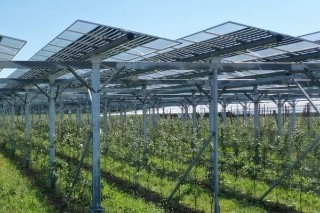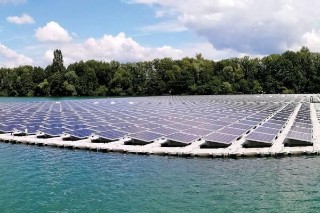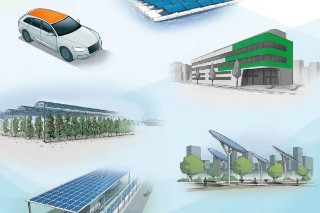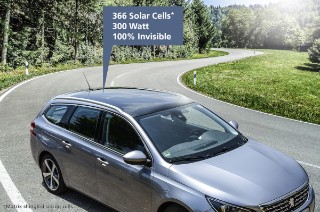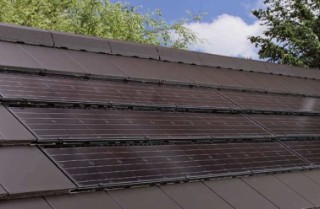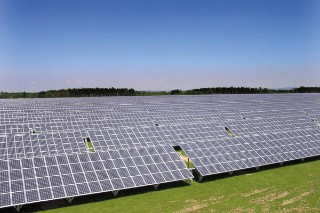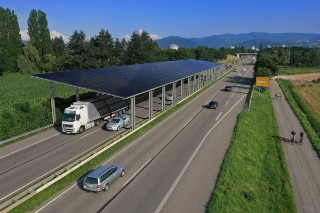Schwimmende Photovoltaik (engl. Floating PV) ist
eine innovative Technologie, die einen bedeutenden Beitrag zur Energiewende leisten kann. Die auf Schwimmkörpern in stehenden Gewässern oder auf dem Meer installierten PV-Kraftwerke können in gefluteten Tagebauflächen, Kiesgruben und Stauseen zum Einsatz kommen. Laut einer aktuellen Studie des Fraunhofer ISE liegt das technische Potenzial je nach Gewässerabdeckung und Ausrichtung der FPV-Anlage zwischen 11,8 und 44,5 GWp. Mit unseren FuE-Leistungen unterstützen wir dabei, dieses Potenzial zu heben, indem wir maßgeschneiderte Lösungen für Planung und Umsetzung anbieten, die auf die spezifischen Anforderungen abgestimmt sind.
download [ PDF
0,65 MB ]
